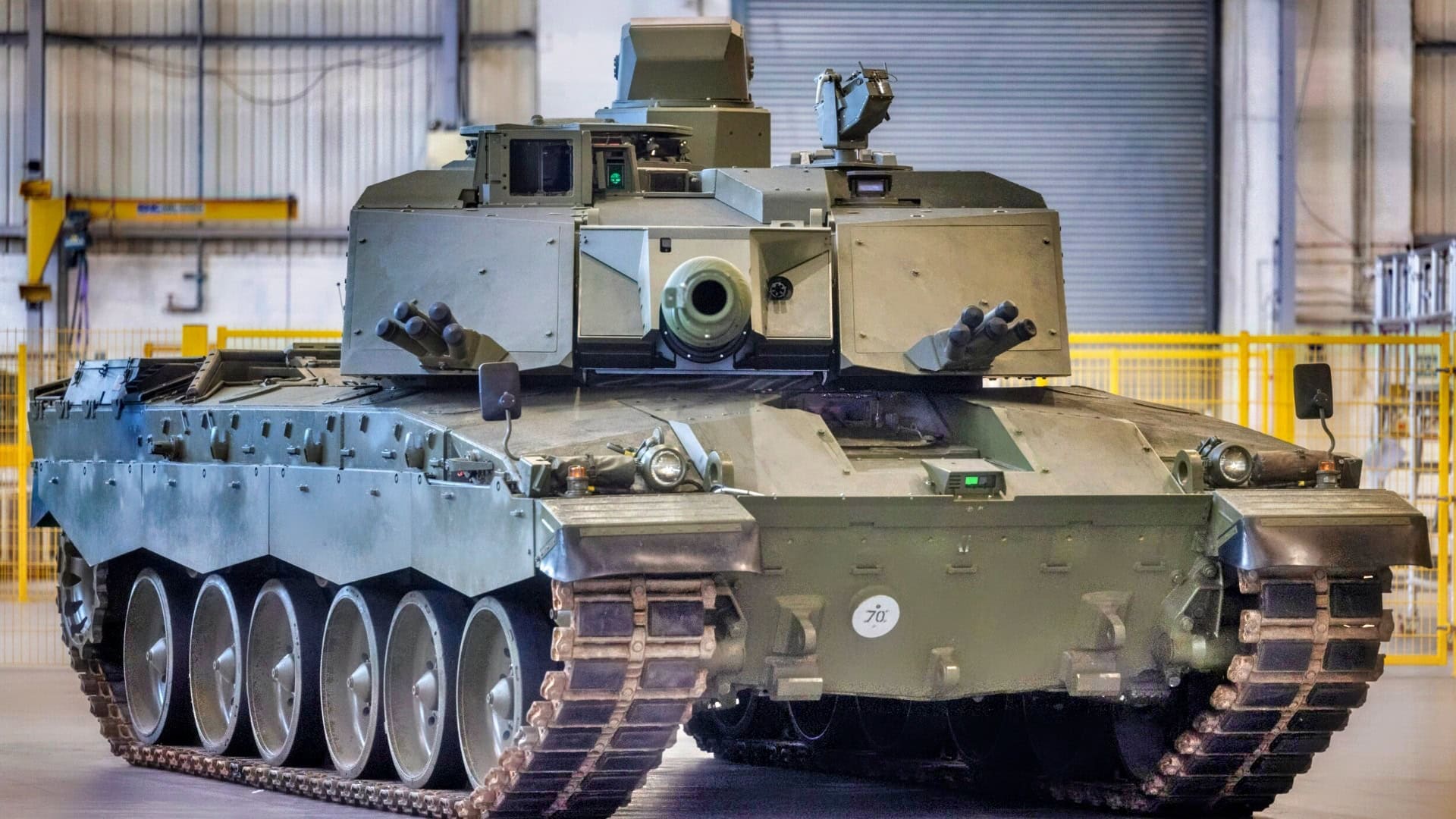Article Summary: If the U.S. reduces its NATO role, Britain’s ability to uphold European security comes into question. The British Army’s 3rd Division, its primary war-fighting force, is under-equipped, lacking tanks, artillery, drones, and air defense.
Why the British Army’s 3rd Division Is Falling Behind
If Europe’s worst fears come true, and the U.S. withdraws from NATO, then Britain will be vital to European security.
Though the British military has shrank to a fraction of its Cold War strength, it is difficult to imagine NATO-lite (no America) mustering the firepower and willpower to defend Ukraine, the Baltic States or Poland without significant British participation.
Yet Britain’s 3rd Division – the most powerful formation in the British Army – is nothing more than a paper tiger, warn critics.
The 3rd Division “is the core of the British Army as a war-fighting force,” wrote Jack Watling, an analyst for Britain’s Royal United Services Institute think tank, in a recent essay for the Daily Telegraph. “It has all the Army’s tanks, all its armored infantry vehicles and all of its heavy artillery. Despite that, successive governments have allowed the Army to become so hollowed out that in reality it would be doing well to put just one of the division’s three brigades onto the battlefield equipped and ready to fight.”
In theory, the 3rd Division should be quite a powerful force of around 10,000 to 15,000 personnel, and equipped with hundreds of Challenger 2 tanks (slated for upgrade to the Challenger 3 model), Warrior infantry fighting vehicles, and Archer and AS-90 self-propelled howitzers.
Given that the British Army has shrunk to its smallest size since the Napoleonic Wars 200 years ago – and a fraction of the 2.9 million soldiers in service in 1945 – the UK has chosen to concentrate what’s left of its mechanized striking power into a single division.
The results are less than impressive. The 3rd Division has three brigades, but one of those brigades — 1 Deep Reconnaissance Strike Brigade Combat Team – doesn’t have any main battle tanks or infantry, Watling points out. Indeed, Britain’s main combat division actually less armor than the Ukrainian Army deployed during its failed armored offensive at Tokmak in 2023.
“Ukraine had 57 Leopard 2 tanks, 14 Challenger 2s, Vincent 1 breaching vehicles, Bradley and Marder Infantry Fighting Vehicles, a large number of upgraded Soviet-designed tanks, and some 55 howitzers in the forces committed to attack Tokmak,” Watling wrote. “3 (UK) Division, by contrast, will have no infantry fighting vehicle, currently fields 14 artillery pieces, and lacks the spares to support its tank fleet. In theory the Division will eventually field two Regiments of Challenger 3 main battle tanks, but it does not have the logistics or engineering equipment to support them. It does have a large fleet of M270 Multiple Launch Rocket Systems, but Britain likely has fewer munitions for them than Ukraine received to support its 2023 counter offensive, which was insufficient.”
Even worse, the 3rd Division lacks drones, air defense weapons, and electronic warfare systems that have proven indispensable in the Ukraine war. Some of these wounds are self-inflicted, such as the British Army’s troubled Ajax armored vehicle, whose noise and vibration were so intense that the crew couldn’t stand it.
But the British military has also suffered years of budget cuts that have also left the UK with insufficient troops, tanks, ships and aircraft.
Watling doubts the feasibility of Prime Minister Keir Starmer’s pledge to station British troops in Ukraine as part of a peace deal. “There are in reality very hard limits on the number we could deploy properly equipped for the kind of war the Ukrainians are now fighting,” Watling warned.
There are still other issues, such as whether Britain has the airlift and sealift capacity to transport a heavy division to Eastern Europe in an emergency. Indeed, some have suggested that Britain should focus on contributing air and naval forces to NATO, while continental nations such as France and Germany provide the land forces.
But the problem is as much as political as military. Despite always having a rocky relationship with continental Europe – including leaving the European Union in 2016 – Britain has been a cornerstone of post-WWII European security.
Though its military is only the fifth-largest in Europe, the UK punches above its weight, such as being the first European nation to send missiles and other military aid to Ukraine when Russia invaded in February 2022.

Challenger 3 Tank. Image Credit: British Government.
If the British Army can’t even muster a full division – and Russia can put 600,000 troops into Ukraine today – that’s a worrisome sign.
Starmer has just pledged to boost Britain defense budget to 2.5 percent of GDP, which is higher than NATO’s goal of 2 percent. Whether that’s enough to revive the British Army remains to be seen.
About the Author: Michael Peck
Michael Peck is a defense writer whose work has appeared in Business Insider, Forbes, Defense News, Foreign Policy magazine, and other publications. He holds an MA in political science from Rutgers Univ. Follow him on Twitter and LinkedIn

